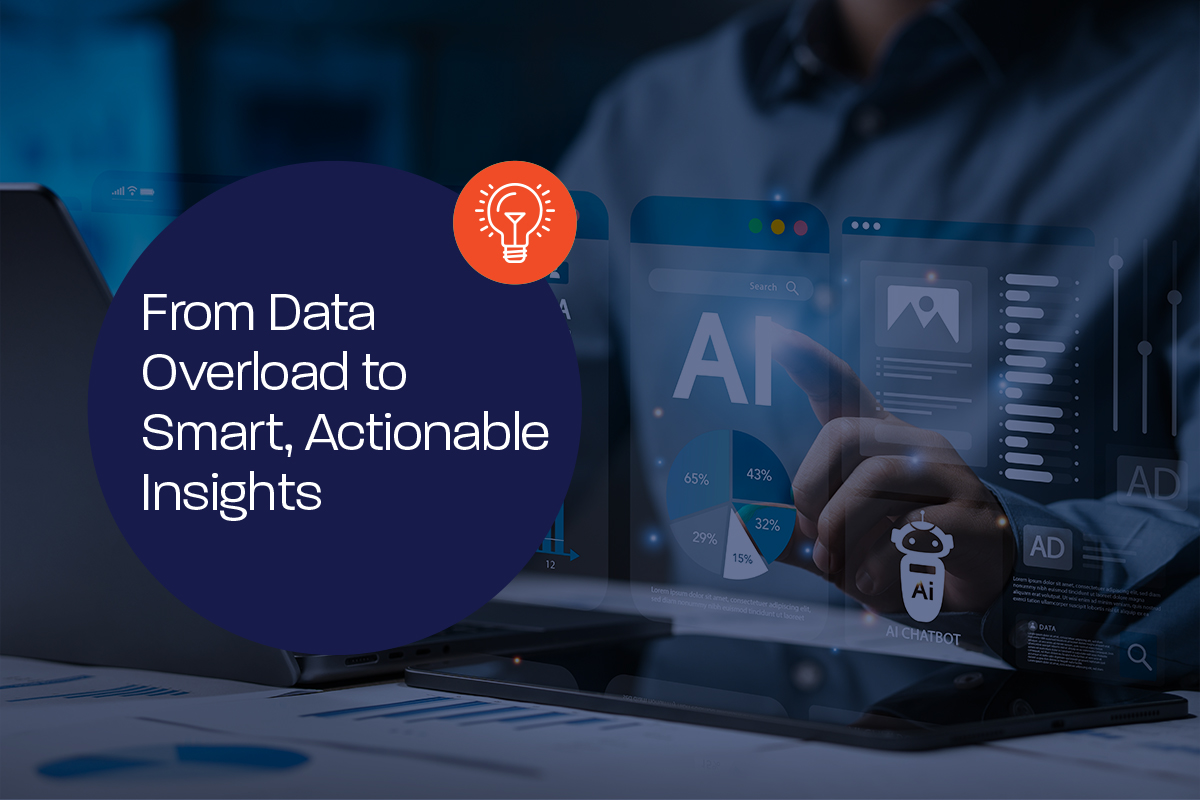In fact, approximately 90% of enterprises say IoT technology is core to their digital transformation and is being deployed in multiple areas of their organization. Enterprises are also increasing their number of active IoT projects, with nearly 40% deploying more than five IoT projects within their organization, up 25% since 2020.[1]

Enterprise IoT adoption is accelerating, and for good reason.
According to Microsoft’s 2021 IoT Signals report, the primary benefits driving IoT adoption are increased operational efficiencies (55%), improved safety conditions (51%), and increased employee productivity (50%). Other notable benefits include improving equipment uptime and utilization, increasing customer satisfaction, reducing costs, streamlining compliance, and creating new revenue streams.[2]

Today, IoT is not just possible, but affordable at massive scale—resulting in the emergence of new IoT use cases
Until recently, the combination of a nascent technology, high sensor and connectivity costs, and the power-hungry nature of connected devices made it difficult to build and deploy viable wide-area IoT solutions. However, with declining sensor costs and the maturation of network capabilities designed to handle low-bit sensor data, today, wide-area IoT solutions are not only technically feasible but affordable at massive scale.
Today, a wider variety of organizations can realize the benefits of IoT, and IoT use cases that were previously cost-prohibitive are now being used to power smart buildings, smart campuses, and smart infrastructure deployments.
Property Management: Smart water sensors can detect fixtures, appliances, and apartment-level water usage and identify leaks in multi-dwelling apartment units.
Water Utilities: Networks supporting advanced metering infrastructure (AMI) technology provide utility companies with meter readings and automatic shutoffs to serve customers better.
Wastewater Treatment: Multi-year battery life of sensors allow utility managers to install solutions in hard-to-reach places and receive frequent data transfers without replacement for many years.
Workplace Safety: Construction and safety solutions can support smart job sites and even monitor working conditions (for example, air quality monitoring).
Smart Lighting: IoT lighting systems give city facility managers the ability to monitor lighting systems in near real-time, enabling safer, more efficient repairs.
Product Storage: Temperature and pressure-monitoring solutions protect fragile products through storage and transportation for life science and healthcare companies.
Food Safety Compliance: Temperature monitoring solutions can continuously verify that food has been kept within safe ranges during transport and storage to prevent food poisoning.
Asset Management: Monitor the location of high-value assets, such as mobile lab equipment, in real-time and down to three meters of accuracy to avoid misplaced items and unnecessary repurchasing of assets.
The possibilities for IoT are endless, so it’s no surpise that enterprises are increasing investments in IoT.
The growing number of IoT projects being pursued by enterprises, along with growing confidence in the benefits of IoT, are fueling increased IoT spending amongst enterprises.[3] According to IoT Analytics, overall enterprise IoT spending is expected to reach $159.8 billion by the end of 2021 and continue growing by 26.7% annually.[4]

This shows that enterprises are adopting IoT solutions at a healthy pace and continuing to leverage those investments long after initial deployment. Considering the many use cases and benefits afforded by the technology, it’s easy to see why.
While the benefits are exciting, it’s important to note that IoT is not a one-size-fits-all proposition.
Since each IoT solution has different requirements, a connectivity strategy that may be ideal for one application may not meet the needs of another. Selecting the wrong network puts the business at risk of offering an IoT solution that is either too expensive to manage (connectivity or battery cost) or fails to meet objectives. Therefore, one of the biggest considerations for enterprises looking to implement IoT-enabled solutions is deciding which networking technology to use.
To learn more about selecting the right technology for your IoT solution, read part 2 of this series titled, “Key Considerations for Selecting the Ideal IoT Network Connectivity,” or contact us for a consultation.







